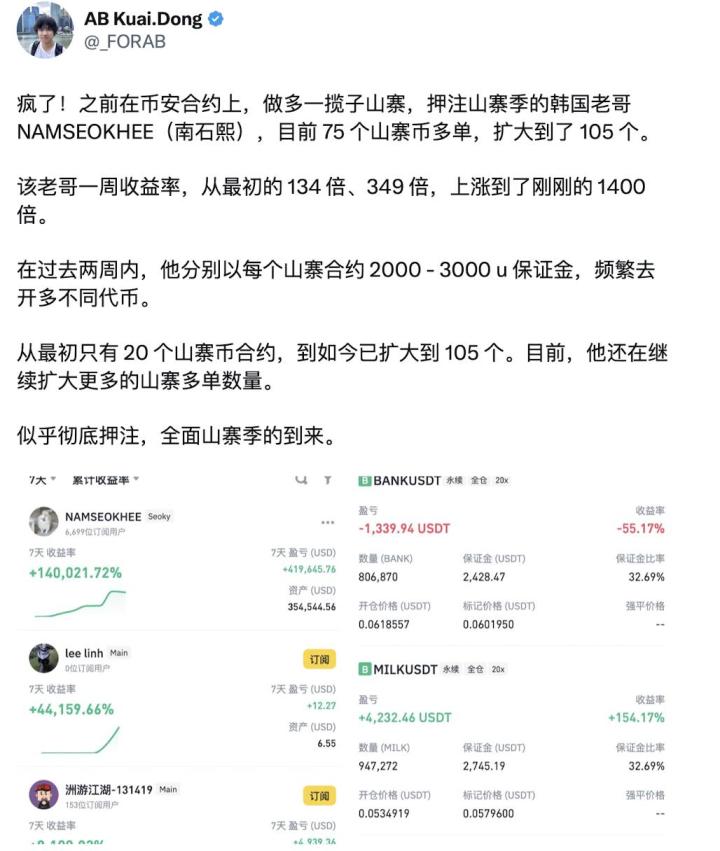1. Hong Kong: Global Regulatory Pioneer with RMB Strategic Support
- Regulatory Clarity: ★★★★★
- The passage of Hong Kong's 'Regulation' marks the birth of the world's first fiat stablecoin regulatory framework, clarifying licensing, reserve, redemption, and compliance requirements, providing clear operational guidelines for issuers. The HKMA's "sandbox" program and transition period arrangements further reduce compliance costs.
- Market Attractiveness: ★★★★
- As an international financial center, Hong Kong has mature financial infrastructure and an open business environment. Support for RMB stablecoins attracts enterprises focused on internationalization, but the global influence of HKD stablecoins is limited, and market scale may not match USD stablecoins.
- Innovation Support: ★★★★
- The 'Regulation' encourages stablecoin applications in cross-border payments and Web3 scenarios, combining Hong Kong's Virtual Asset Trading Platform (VATP) regulatory framework and ETF pilot, forming a relatively complete digital asset ecosystem.
- Internationalization Potential: ★★★★★
- The promotion of RMB stablecoins is deeply linked with the "Belt and Road" and Greater Bay Area strategies, endowing Hong Kong with a unique internationalization advantage.
- Overall Evaluation: Hong Kong has seized the initiative with the world's first stablecoin regulatory framework and RMB strategy, ranking high in crypto-friendliness, but market scale and global influence need further enhancement.
2. Singapore: Steady and Flexible
- Regulatory Clarity: ★★★★
- Singapore regulates single-currency stablecoins through the Payment Services Act (PSA), introducing the "regulated stablecoin" concept, allowing stablecoins that do not meet requirements to operate under the Digital Payment Token (DPT) framework, with flexible regulation but no independent stablecoin legislation yet.
- Market Attractiveness: ★★★★
- Singapore is known for low tax rates and an internationalized business environment, attracting stablecoin issuers like Paxos and StraitsX. USD stablecoins have some local market, but local currency (SGD) stablecoins have limited global demand.
- Innovation Support: ★★★★
- Singapore's Project Orchid explores collaborative applications of stablecoins and CBDCs, combining blockchain alliance chains (like Partior), providing diverse innovation spaces for enterprises.
- Internationalization Potential: ★★★
- Singapore's internationalization advantage relies on its position as an Asia-Pacific financial center, but lacks strategic handles like RMB stablecoins, with slightly lower global influence.
- Overall Evaluation: Singapore maintains competitiveness with steady regulation and flexible policies, but slightly lags behind Hong Kong in stablecoin legislation depth and internationalization potential.
3. UAE: Emerging Dark Horse, Regional Hub
- Regulatory Clarity: ★★★
- Abu Dhabi Global Market (ADGM) will release stablecoin issuance guidelines in December 2024, requiring issuers to maintain adequate reserves, disclose information, and comply with redemption obligations. Dubai's Virtual Asset Regulatory Authority (VARA) also provides comprehensive stablecoin regulation, but a nationwide framework remains ununified.
- Market Attractiveness: ★★★
- UAE attracts issuers like Tether and Circle with zero tax rates and pro-business policies, with Dubai's blockchain innovation ecosystem rising, but market scale and financial infrastructure still trail Hong Kong and Singapore.
- Innovation Support: ★★★
- UAE supports stablecoin and blockchain innovation through ADGM and Dubai's sandbox programs, focusing on regional payments and trade settlement, but application scenarios remain limited.
- Internationalization Potential: ★★★
- UAE positions itself as a digital asset hub for Middle East and Africa, but lacks strategic support from global currencies like USD or RMB, with moderate internationalization potential.
- Overall Evaluation: UAE shows potential as an emerging crypto center, but needs to strengthen regulatory framework maturity and market depth, with above-average crypto-friendliness.
4. United States: Market Hegemon, Legislation Lagging
- Regulatory Clarity: ★★★
- The 'GENIUS Act' has not yet taken effect, with current stablecoin market relying on state-level regulation (like New York's BitLicense) and federal guidance (like OCC's custody guidelines). Once passed, the 'GENIUS Act' will provide a nationwide framework, significantly enhancing regulatory clarity.
- Market Attractiveness: ★★★★★
- The US has the world's largest stablecoin market (USDT, USDC occupy 99% market cap), with a mature financial system and massive user base, making it unrivaled.
- Innovation Support: ★★★★
- The US supports stablecoin innovation in payments and DeFi through integration of traditional financial institutions (like Coinbase, Fidelity). Blockchain technological advances like EIP-7702 further lower user barriers.
- Internationalization Potential: ★★★★★
- USD stablecoin's global dominance is unmatched, and the 'GENIUS Act's' passage will further consolidate the US's central position in the on-chain economy.
- Overall Evaluation: The US leads in crypto-friendliness through market scale and USD advantage, but legislative lag and regulatory fragmentation temporarily weaken its competitiveness.
Future Outlook: Hong Kong's First-Mover Advantage and Global Landscape
The early passage of Hong Kong's 'Regulation' not only wins it a reputation as a regulatory pioneer but also injects a new variable into the global digital asset market through its RMB stablecoin strategic layout. In comparison, the US 'GENIUS Act' has potentially greater impact, but its legislative lag provides Hong Kong a valuable time window. Hong Kong needs to continue efforts in the following areas:
- Accelerate RMB Stablecoin Pilot: Explore RMB stablecoin applications in cross-border trade using Greater Bay Area and "Belt and Road" scenarios.
- Optimize User Experience: Learn from Ethereum's EIP-7702 account abstraction, support social account wallet registration and native fee payment, lowering user barriers.
- International Cooperation: Coordinate regulatory standards with economies like the US, EU, and Singapore to avoid regulatory arbitrage.
In the global stablecoin market competition, Hong Kong has seized the initiative with first-mover advantage and flexible strategy. The US remains the largest player through USD global hegemony and market scale, while Singapore and UAE follow with their respective regional advantages. In the future, stablecoins as blockchain's killer application will reshape global payment and financial systems, and Hong Kong's move may become a critical turning point in digital asset history.








